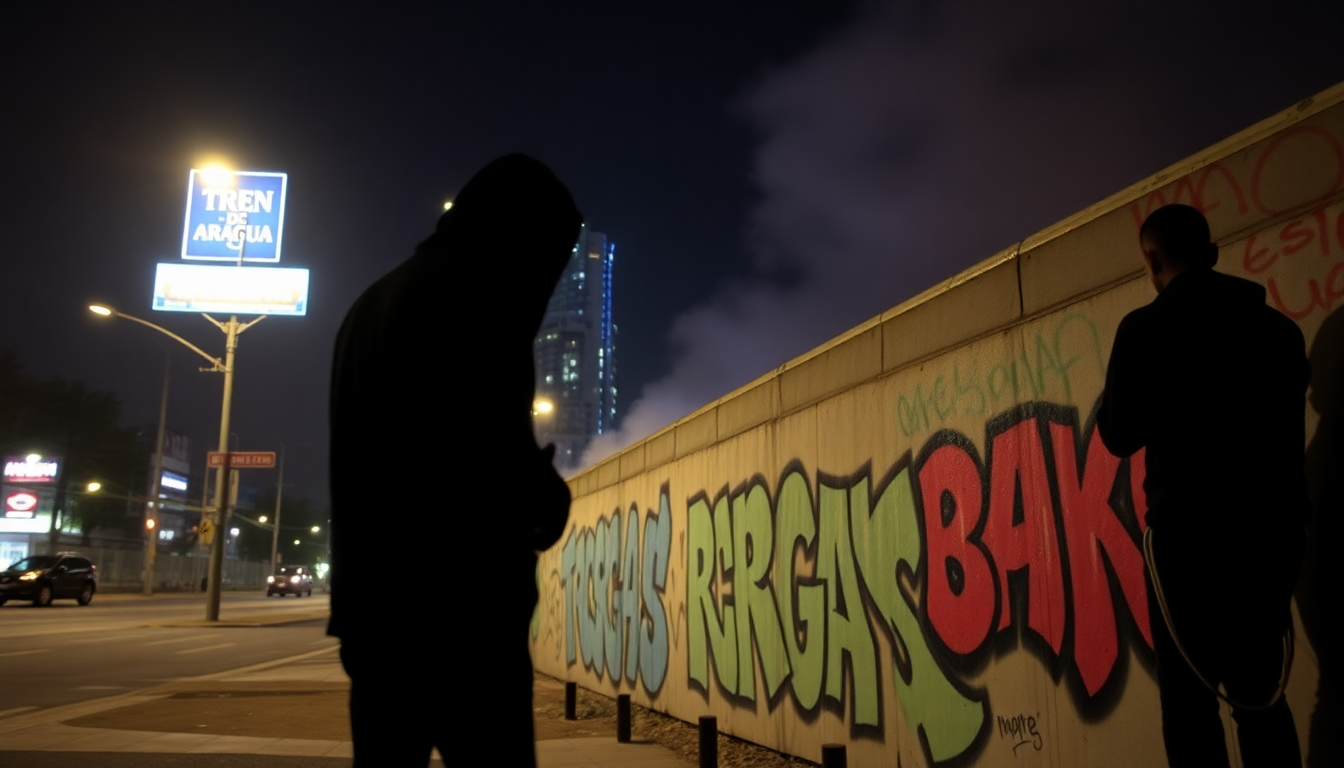Table of Contents
The rise of transnational gangs like Tren de Aragua is raising eyebrows across the U.S. government, prompting a flurry of policy responses and international attention. But what’s really behind these organizations? The tangled web of crime, immigration, and national security reveals a lot more than just illegal activities.
Understanding these dynamics is crucial for grasping the broader implications for American society. So, what exactly is Tren de Aragua, and why should we care?
Unpacking Tren de Aragua and U.S. Responses
Tren de Aragua, a notorious Venezuelan gang, has made headlines for its suspected involvement in drug trafficking, human smuggling, and a host of violent crimes.
Recently, the U.S. Treasury Department stepped in, sanctioning its leader, Giovanni Vicente Mosquera Serrano, for his role in orchestrating activities that pose a threat to American communities. This move is part of a wider strategy by the Trump administration, which has sought to link foreign gangs to rising domestic crime rates, thereby justifying tougher immigration policies.
But are these connections as clear-cut as they seem?
The U.S. government’s response has included offering substantial financial rewards for information leading to the capture of key gang figures. This reflects a serious commitment to tackling what they view as a significant threat.
The FBI even added Mosquera Serrano to its Ten Most Wanted list, emphasizing that transnational crime is being treated as a pressing national security concern. But does this narrative hold up under scrutiny?
Critics argue that this simplified view overlooks the complex realities of these gangs and their relationships with their home governments.
For example, while there are allegations of cooperation between Tren de Aragua and the Venezuelan government, some intelligence assessments suggest that the Maduro regime actually sees the gang as a threat rather than a partner. This complexity complicates efforts to tackle international crime in a politically charged atmosphere.
So how do we find a balanced solution?
The Impact of Transnational Crime on Immigration Policy
The intersection of immigration policy and transnational crime is becoming a hot-button issue. The Trump administration’s use of the Alien Enemies Act to speed up deportations of suspected gang members has drawn sharp criticism from human rights advocates and legal experts alike. Many argue that these actions violate due process rights, especially since numerous individuals targeted by these policies have no criminal records. Isn’t that a bit unfair?
Moreover, the expedited deportation process has been criticized for being discriminatory, often targeting individuals based on superficial traits like tattoos or clothing rather than hard evidence of criminal behavior. This raises serious ethical questions about balancing national security with individual rights, complicating the public discourse around immigration reform. How do we protect citizens while ensuring justice for all?
Additionally, legal challenges to these deportations signal a growing pushback against perceived government overreach. As this situation evolves, the outcomes of these legal battles could significantly shape how the U.S. approaches the intertwined issues of immigration and crime moving forward. Are we heading toward a more just system, or will these policies continue to create division?
Looking Ahead: The Role of International Cooperation
As the complexities surrounding transnational crime continue to unravel, the importance of international cooperation becomes increasingly clear. The U.S. and its allies must devise comprehensive strategies that not only tackle the root causes of gang proliferation but also prioritize human rights. Collaborative efforts—think joint investigations and intelligence sharing—will be essential for dismantling these criminal networks. So, how can we create effective partnerships that work?
Moreover, understanding the socio-economic factors contributing to the rise of gangs in Latin America is vital for crafting long-term solutions. Initiatives aimed at improving economic opportunities and governance in countries like Venezuela could help reduce the influence of organizations like Tren de Aragua. Is it possible that investing in communities could be the key to breaking this cycle?
In conclusion, as the U.S. navigates the challenges posed by transnational crime, a balanced approach that prioritizes both national security and human rights is crucial. The ever-evolving landscape of international relations, crime, and immigration policy demands ongoing dialogue and adaptable strategies to effectively tackle these multifaceted issues. Are we ready to meet this challenge head-on?





